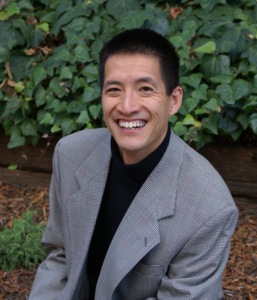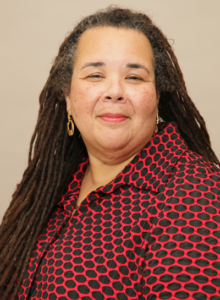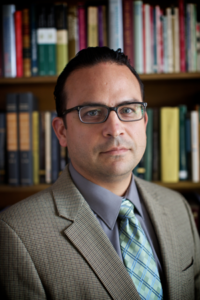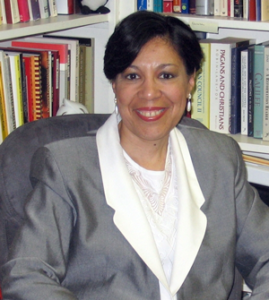white privilege
Select an item by clicking its checkbox
It was by now a pretty well-known social experiment. A man dressed like a homeless person collapses on the street and is ignored by pedestrians; when the same person puts on a business suit and collapses on the same street, however, a number of strangers quickly come to his aid. ...
My father, Lloyd R. Westfield, spent the majority of his career as a school psychologist with the Philadelphia public school system. He loved his job, and by many accounts, he was very good at his job. I have vivid memories of him, one summer, as an adjunct professor for Temple ...
My introduction to Old Testament course has served as an experimental site for decentering racializing master-narratives, especially those that have contributed to the marginalization of the Other in the Texas-Mexico Borderlands. As a Latino biblical scholar, decentering represents an important pedagogical tactic that is shaped and informed by various forms ...

Revisiting The Great White North? Reframing Whiteness, Privilege, and Identity in Education (Second Edition)
Date Reviewed: May 15, 2015
Published seven years after its first edition, Revisiting the Great White North? reframes the persistence of white privilege in Canadian educational context. As with the first edition, this book interrogates Canadian identity, multicultural discourse, and color-blindness mythologies that serve to hide and maintain white normativity. “It fills a gap in the Canadian literature on the ways Whiteness masquerades in our institutions and within Canadian mythologies” (xxvii).
Each of the original chapters from the 2007 edition is reproduced in this volume and is appended by new reflection questions and a brief reframing piece, written by the original author. One author revised her original piece, and one new chapter is added by a scholar from the province of Québec. With the exception of one scholar who taught Canadian students in Buffalo, N.Y., all of the authors are Canadian and represent nearly all of the provinces. The authors are all leaders in anti-racist education, including George Sefa Dei. Their perspectives are diverse not only in terms of region, but also in racial identity, ethnicity, discipline, and gender. Each author shares his or her implication in whiteness through both personal testimony and critical inquiry, contributing to the book’s engaging style and accessibility.
This volume contains five sections comprising three to five chapters. The first section focuses on conceptualizing whiteness; its chapters examine how white identity is constructed and reinforced in Canada, and how it presents barriers to teaching and learning. Section two is entitled “Whiteness and Second Peoples,” a phrase referring to the “colonizers of the First Nations” (7). These chapters consider the place of both non-white and white people in antiracism work. The danger of white scholars doing work that is motivated primarily by guilt is noted, pointing to the inadvertent reproduction of white power or an “overly optimistic representation of disadvantaged groups” (91). Section three is concerned with the development and deconstruction of white identity, including the “ability to be colour-blind and not colour-blind simultaneously” as “the hallmark of the achievement of a mature, anti-racist White identity” (119).
While the whole book is focused on whiteness and education, it is peppered with references to teaching experience and students’ comments. The last two sections are specifically concerned with teaching and learning. Section four spotlights the pervasive beliefs of white, middle-class university students that Canada is a raceless society and a pure meritocracy. The final section, “The Institutional Merit of Whiteness,” addresses race and identity related issues in education, exposing how whiteness is emphasized in school codes, administration, and policy development.
Revisiting the Great White North? is not limited to its Canadian context. It will be of interest to anyone who works to expose white privilege and promote anti-racism in the educational arena. While its attention is given to whiteness and race, it is critically aware of and makes reference to the intersection of race with ethnicity, class, and gender. The book is a must-read for those who wish to participate in an educational discourse that moves beyond liberal platitudes of “sympathetic knowledge about racial and cultural Others,” which “once again re-inscribe Whiteness as goodness and rationality” (186).15
When those of the dominant culture express shock and dismay at events such as those that took place in Ferguson, Missouri in 2014, when they claim with indignation that this “should never happen again,” I think of a Puerto Rican proverb: “No hay peor ciego que el que no quiera ver (...



